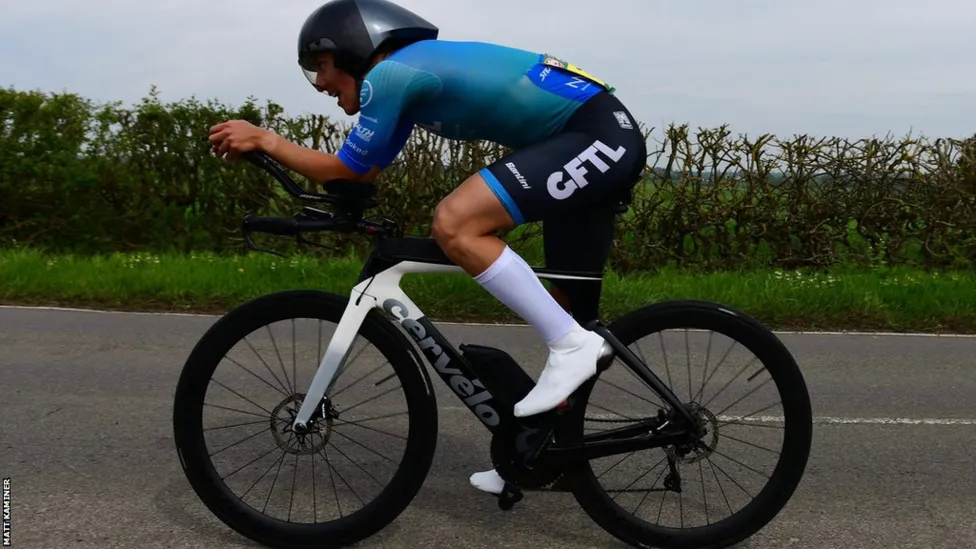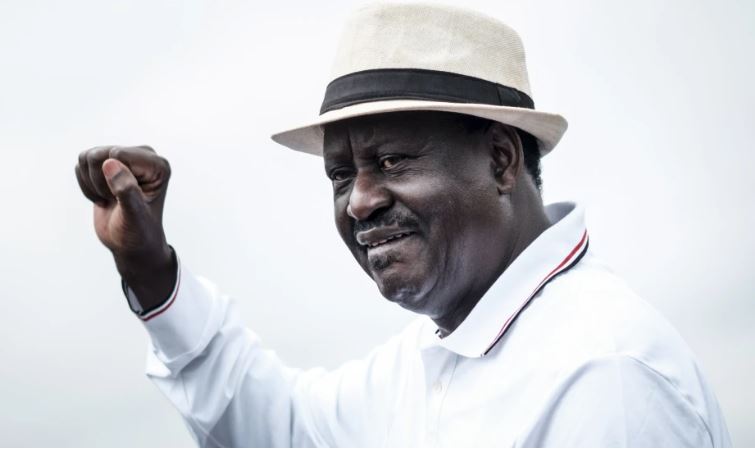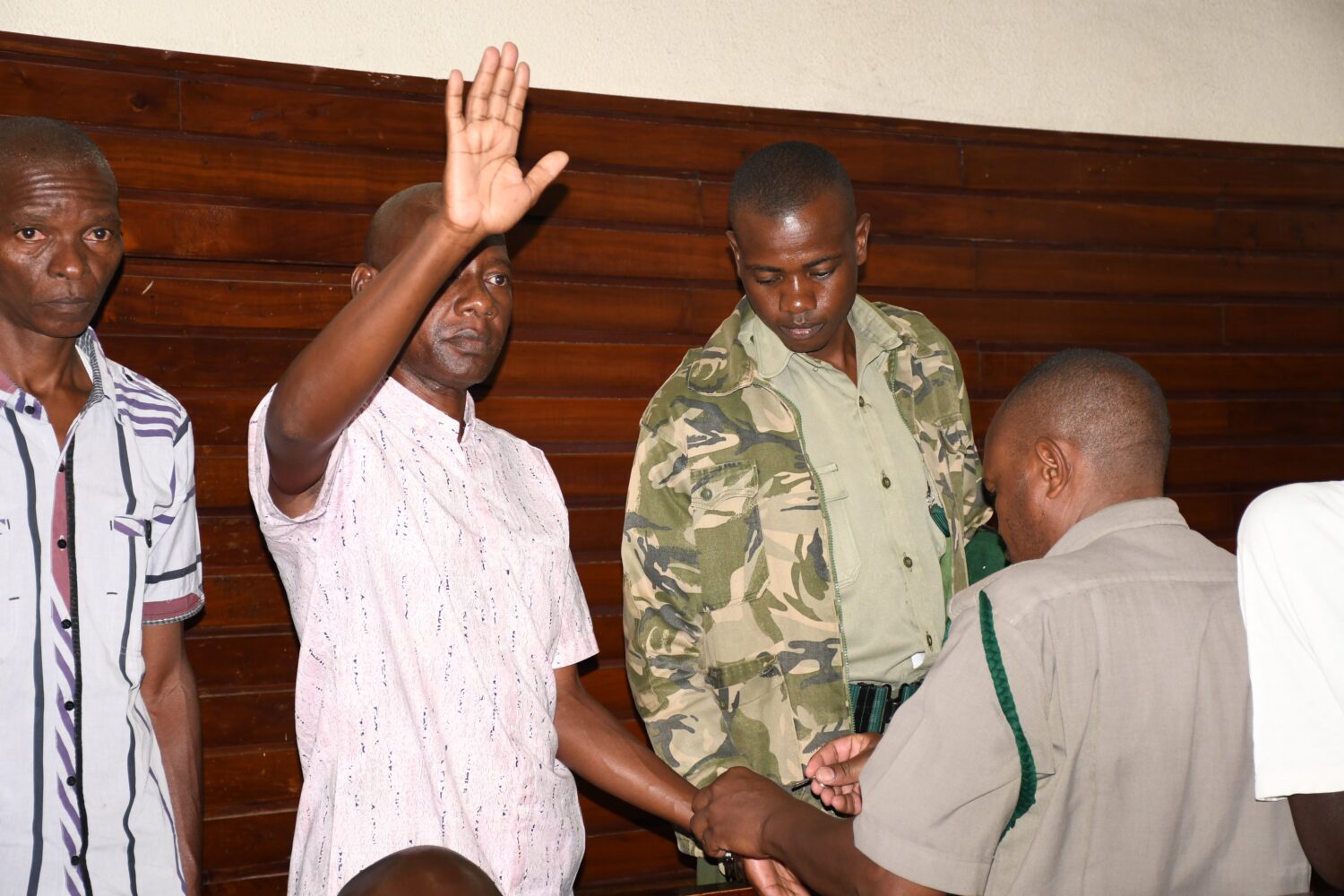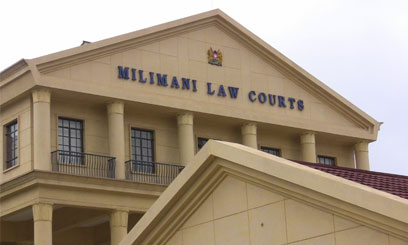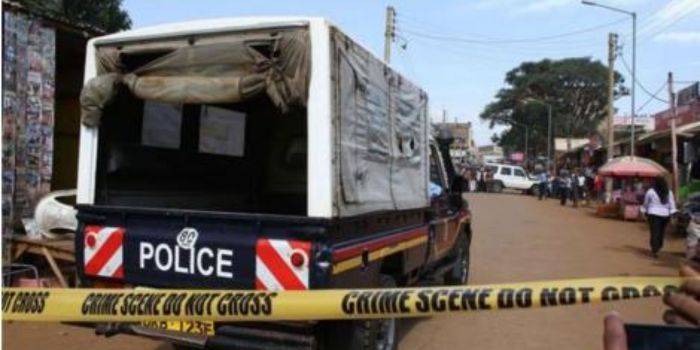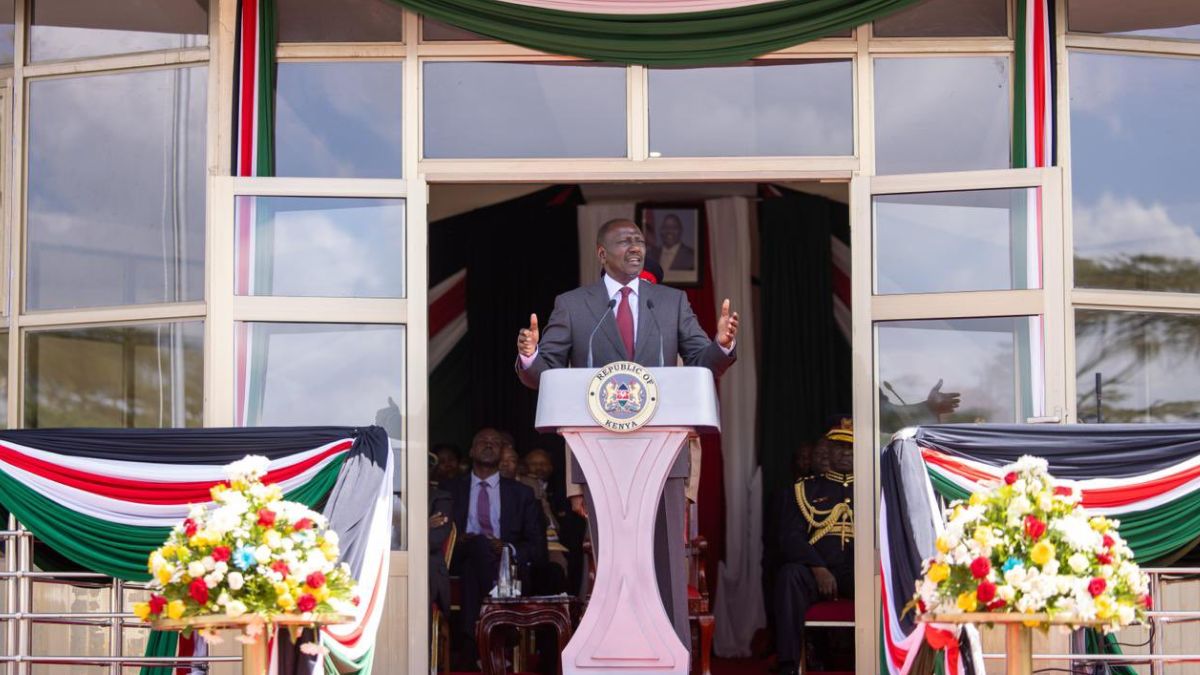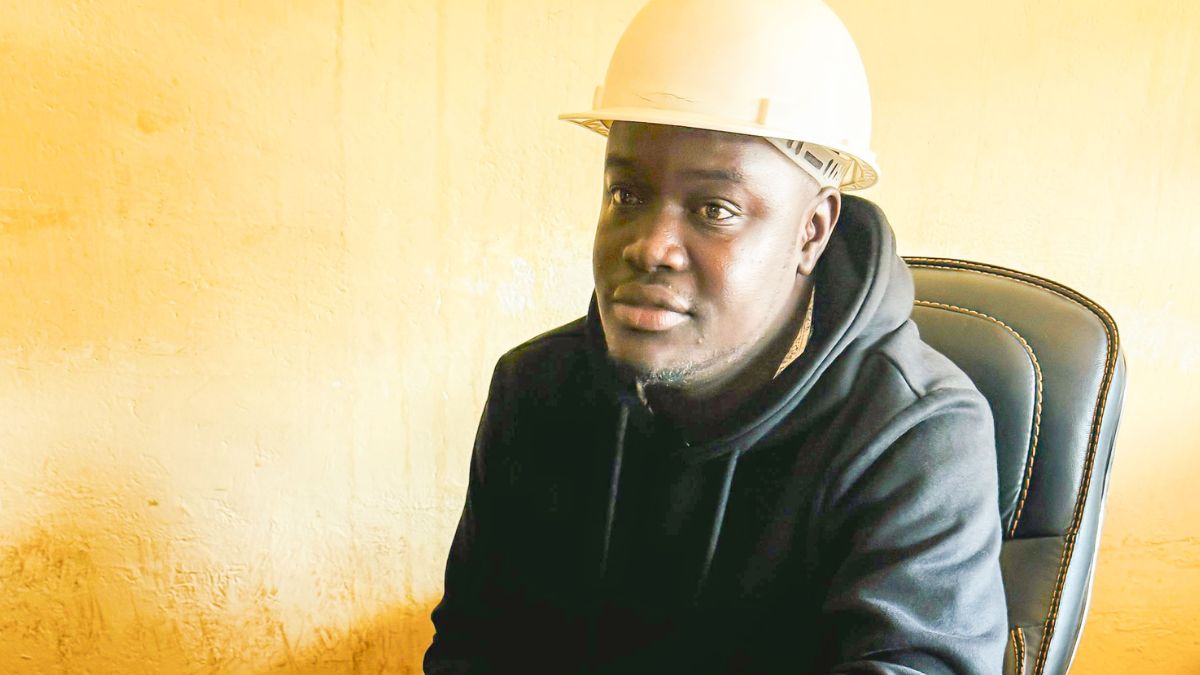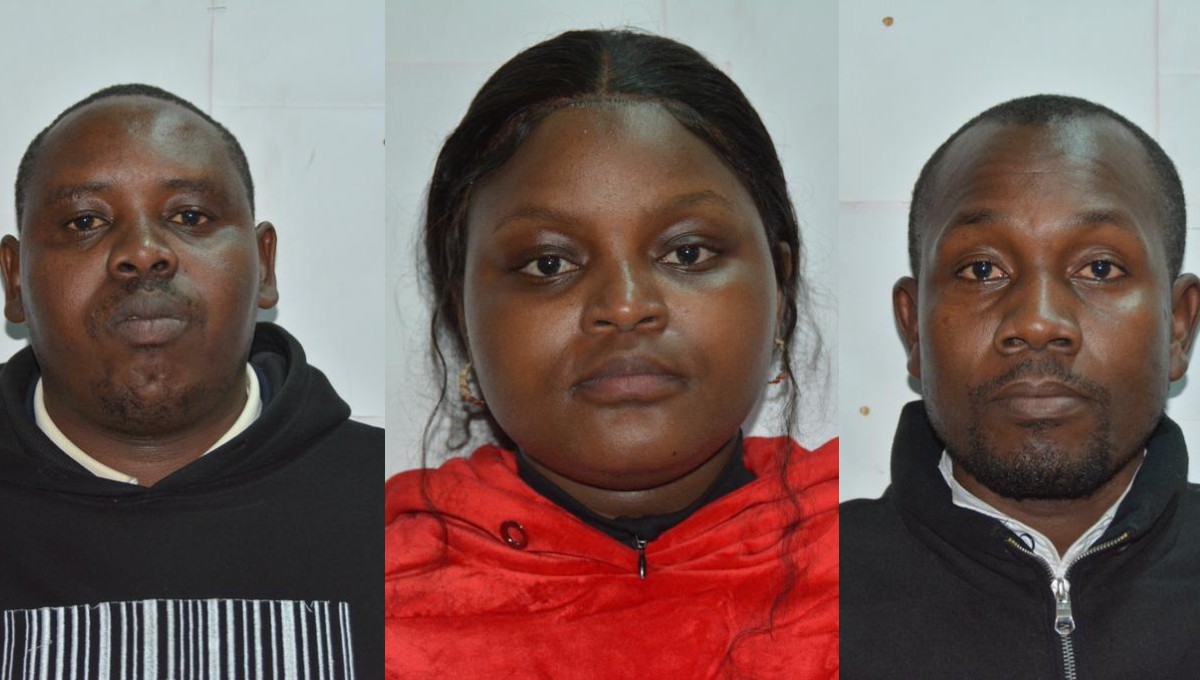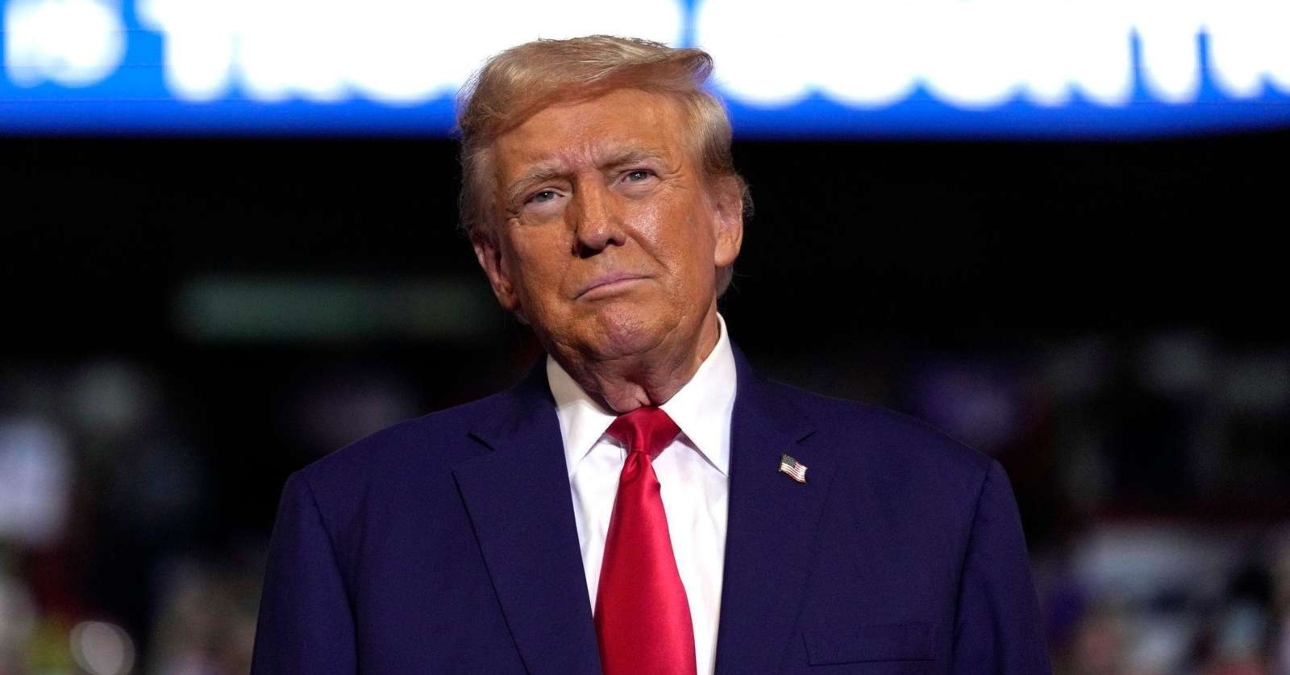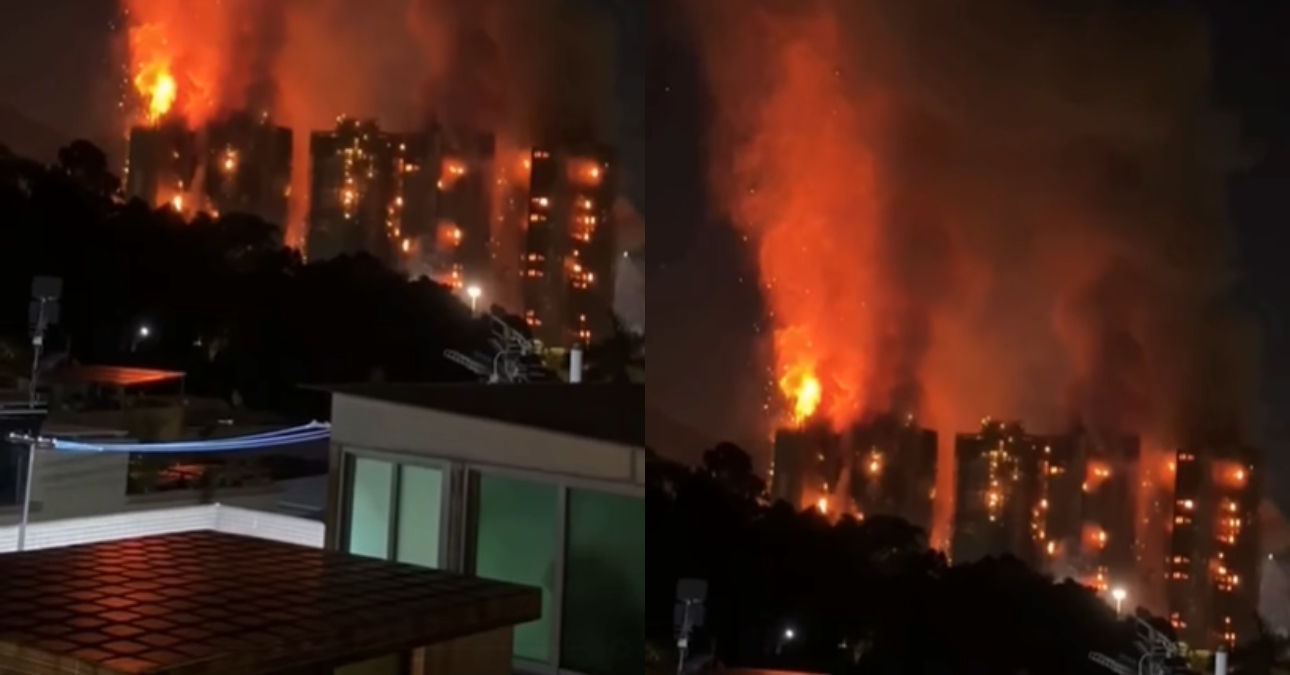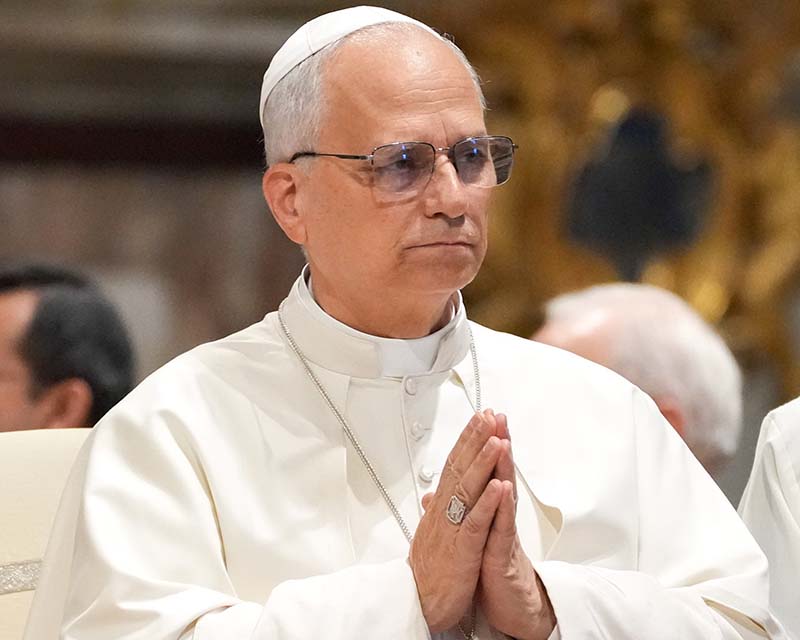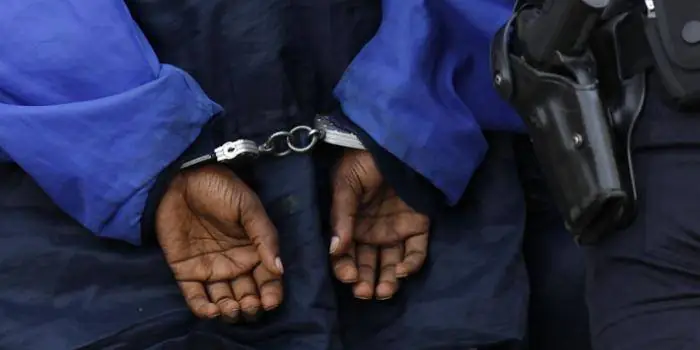In the year 1982 Raila Amolo Odinga was arrested and charged with treason after being accused of being among the masterminds of the 1982 coup to overthrow the government of then president Daniel Arap Moi. Odinga was finally released on 21 June 1991, and in October he fled the country to Norway.
At the time of Odinga’s departure to Norway, the Forum For the Restoration Of Democracy (FORD), a movement formed to agitate for the return of multi-party democracy to Kenya, was newly formed. In February 1992, Odinga returned to join FORD, then led by his father Jaramogi Oginga Odinga. He was elected Vice Chairman of the General Purposes Committee of the party.
This marked his first appearance in the presidential polls.
1992 General Election, FORD split into FORD-Kenya, led by Odinga’s father Jaramogi Oginga Odinga and FORD-Asili led by Kenneth Matiba . In his first bid for the presidency in the 1997 General Election, Odinga finished third under the National Development Party(NDP) after President Moi, the incumbent. He however retained his position as the Langata MP.
In 2007 General elections, under the Orange Democratic Movement (ODM), Odinga’s bid for the presidency failed after the 27 December presidential elections as the Electoral Commission declared Kibaki the winner on 30 December 2007.
At that time, Odinga alleged that the government was withholding identity cards from voters in opposition strongholds with the intention to skew the election in favour of Kibaki. He also claimed that the intended creation of 30 new constituencies was a means by the government to fraudulently engineer victory in the December 2007 parliamentary Elections.
Odinga and ODM leaders rallied against the decision calling for mass action. The government’s response was heavy-handed as it deployed police and paramilitary units to counter public protests.
2013 General Elections
This was the next presidential election in which Odinga run, involving Kibaki’s handover of power. The election involved Uhuru Kenyatta and William Ruto, who had both been indicted by the International Criminal Court of the Hague for their alleged role in the 2007 election violence. Despite their pending case, the duo had been nominated by the Jubilee party with Uhuru as presidential candidate and Ruto as running mate.
Odinga ran for president in the elections held on 4 March 2013 under Coalition For Reforms and Democracy ( CORD) and garnered 5,340,546 votes. The winner, Uhuru Kenyatta garnered 6,173,433 votes (50.51%). As this was above the 50% plus 1 vote threshold, Uhuru won it on the first round without requiring a run-off between the top two candidates.
During the 2017 General Elections, Raila Odinga, through his lawyers James Orengo, Otiende Amollo and Clifford Ochieng claimed that forces associated with his main competitor Uhuru Kenyatta had hacked into the IEBC. He called the alleged intrusion “the biggest vote theft in Kenya’s history”.
Later while vote tallying was still in progress and the country was awaiting the announcement of the final results, he demanded he be declared the fifth president of Kenya.
The IEBC finally announced the results declaring Uhuru the winner with 8.2 million votes against Odinga’s 6.7 million. The results showed massive losses for NASA, with Jubilee invading traditional NASA strongholds.
In 2022 general Elections, Odinga was cleared to run for the presidency for the fifth time on 5 June 2022 by the Independent Electoral and Boundaries Commission (IEBC). He filed his candidacy papers as a candidate for the Azimio la Umoja- One Kenya Coalition with the IEBC. Martha Karua was Odinga’s running mate.
He vied for presidency against United Democratic Alliance (UDA) candidate William Ruto who garnered 50.5% of votes cast making Odinga second. It was announced by IEBC chairman Wafula Chebukati.
After coming second in the presidential election, he filed a legal case challenging the result, which was dismissed by the Supreme Court.
The 2022 presidential elections was widely perceived as his best and last chance attempt at the presidency.

